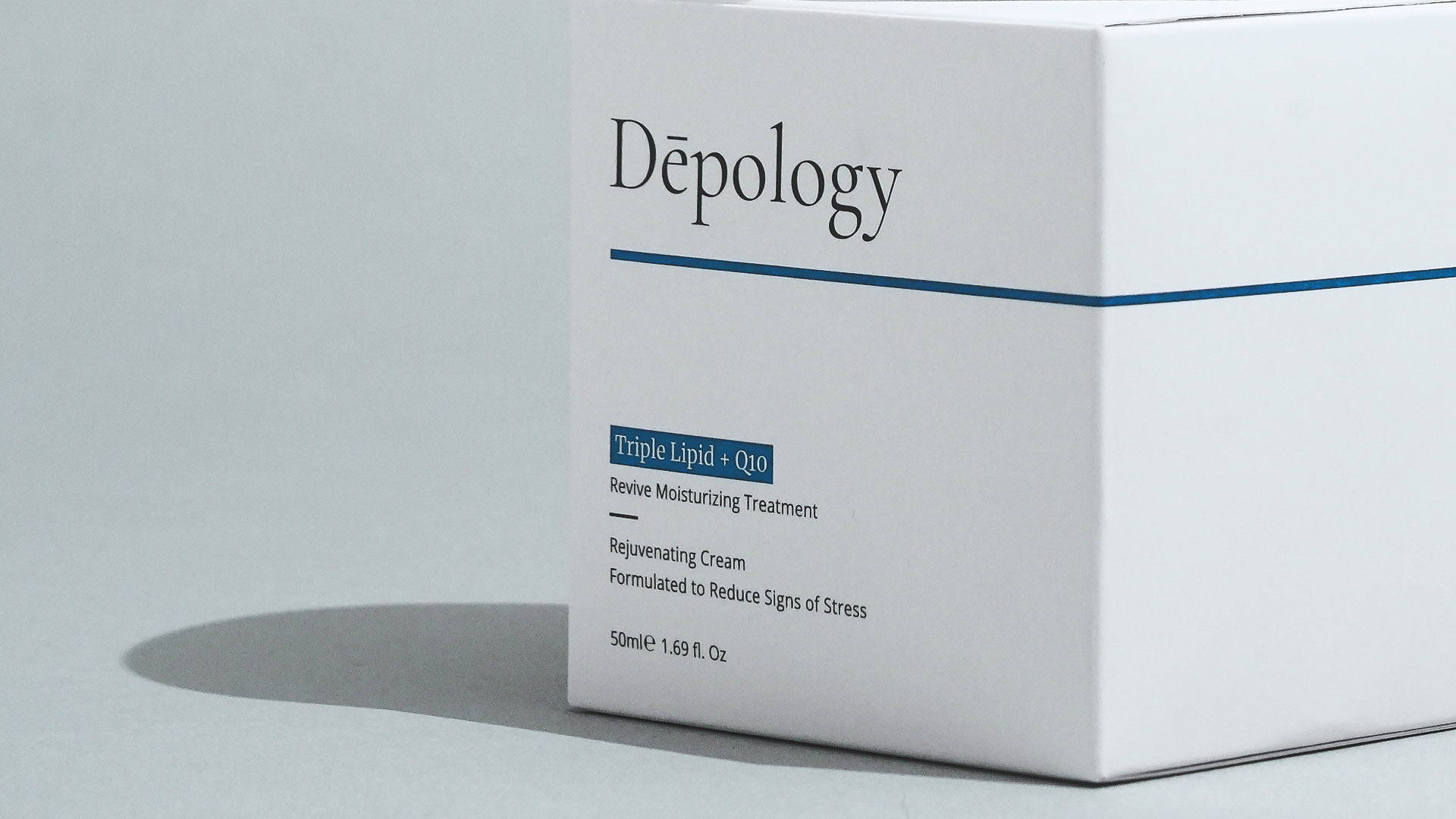
What Are The Causes of Droopy Eyelids?
Intro
Most of us aren’t fans of droopy eyelids, both in terms of our appearance and the feeling of the area around the eyes aching from the pressure of ptosis. Ptosis or blepharoptosis (upper eyelid ptosis) is a condition that involves the sagging of one or both eyelids, affecting a person’s health and vision in some cases. “Ptosis” literally means “drooping.”
While some babies are born with the condition, it can also occur later in life or be sporadic throughout a person’s life. There are different types of ptosis and various methods of treatment depending on a range of contributing factors, such as a patient’s surgical history and pre-existing conditions.
Types of Ptosis
When a droopy eyelid only affects one of the eyes, it is referred to as “unilateral” ptosis. Both eyes experiencing the condition are considered “bilateral” ptosis, the symptoms able to appear permanently or sporadically.
Aside from these more obvious types, “congenital” ptosis is when the symptoms are present from birth. If a patient has developed the condition later in life, they may be treated for “acquired” ptosis. No matter which type you’re being examined for, the condition typically settles itself naturally. Surgery is only considered if ptosis appears to be life-threatening or debilitating regarding the patient’s field of vision.
Though anyone can acquire the condition and its symptoms, it tends to be more noticeable in adults during the natural aging cycle. Muscles or ligaments around the eyes that are weakened by injury or diseases can also affect the ability of the eyelids to raise high enough to not shield vision.
When babies are born with ptosis in one or both eyelids, they require more thorough eyelid examinations to ensure everything is developing as intended, or further intervention is needed.
Causes of Saggy Eyes
Though there are several reasons for developing ptosis, saggy or droopy eyes commonly occur as we age due to the skin and muscles around the eyes stretching and weakening throughout our lives and frequent facial expressions. Aside from nerve damage and our bodies experiencing a natural aging cycle, some serious conditions need to be treated in an emergency and should be taken seriously, especially since symptoms can worsen your eyes and overall health if not paid attention to.
If you are someone who has had surgery on or around the eyes prior, such as laser eye treatment, this can sometimes speed up the occurrence of droopy eyes. This is due to instruments used during eye surgeries to keep the eyes open, further stretching the eyelids.
As mentioned earlier, prior injuries or diseases, especially in the area around the eyes, can trigger droopy eyes in certain patients. Some are milder than others, but should always be treated by a professional if the symptoms begin to get in the way of everyday life.
Tumors that form in the brain or around/behind the eyes can cause saggy eyes. These tumors can sometimes lead to nerve or muscle cancers if not treated or diagnosed early.
These tumors can also lead to a condition called Horner Syndrome, emphasizing the appearance of droopy or saggy eyes in one or both eyelids. The appearance of a smaller pupil in the center of the affected eye(s) is also common, as well as feeling reduced or lack of sweat on the same side of the face. An ophthalmologist’s professional opinion should be consulted during an appointment in these rare cases to get ahead of any potential tumor development.
For those who live with diabetes daily, routine eye check-ups are even more beneficial for your health. Diabetes can cause several issues with your eyes if you experience persistent high levels of blood sugar. This can damage the blood vessels and nerves in or around the eyes, leading to symptoms of droopy eyelids as well as blurry/double vision and prevention of proper blood flow.
By properly managing your diabetes and staying on top of your blood sugar levels, it can potentially prevent several concerns in the future.
Severe neurological disorders or occurrences, such as a stroke, can produce droopy eyelids. Depending on the location of the stroke, one or both eyelids may be affected. Typically, if a stroke is the primary cause of saggy eyes, other symptoms will accompany, such as blurry vision and one-sided weakness.
A few symptoms to pay attention to before a stroke occurs include headache, numbness, and tingling sensations. Mini-stroke symptoms can sometimes occur a few days to a week before a stroke takes place.
Primarily affecting the voluntary muscles of the body, myasthenia gravis (MG) is a chronic autoimmune disorder in which antibodies destroy necessary communication between the nerves and muscles, weakening the skeletal muscles. These voluntary muscles that are affected are vital for controlling the mouth, throat, limbs, and you guessed it - eyes.
Those most at risk of developing myasthenia gravis are women in their 20s and 30s and men in their later years between ages 60 and 70. Even once diagnosed with MG, a normal life is more than feasible. The initial years following diagnosis can be difficult for some to adjust as this is when a variety of symptoms may occur, such as arm/leg muscle weakness, difficulty speaking, and shortness of breath.
However, once you discover which treatments work best for you, they can be easier to deal with daily. This is why MG is often referred to as the “snowflake disease,” since symptoms and treatment vary from person to person.
While it’s a more temporary condition, eyelids can become affected by allergic reactions when the loose tissues of the eyelid become swollen, causing the eyelids to droop and block vision. If an eyelid becomes severely swollen, it can prevent the lid from opening at all and requires immediate medical attention.
Once your eyes experience an allergic reaction, they can become swollen, inflamed, red, and itchy. While these are general symptoms, the appearance of an eye affected by an allergen can vary depending on the individual and what they are allergic to. Common examples of allergies that can cause issues around or in the eyes are mold spores, pollen, pet dander, and dust mites.
Development and Symptoms of Ptosis
Getting a regular eye exam and knowing the symptoms to look out for is going to be the best method of preventing future issues regarding ptosis. This way, if there is any unusual activity occurring prior to symptoms being present, you may be able to avoid any discomfort or inconveniences to your daily routine.
The most common indication of ptosis is, of course, saggy or droopy eyelids that can affect an individual’s vision in severe cases. Although, this symptom can sometimes be present undetected and barely noticeable before the condition worsens. Your face may also appear more tired and you feel aching, especially around the eyes.
In severe cases of ptosis, patients must lift their heads back to see while speaking to others. When children are born with the condition, they should be monitored and taken to a professional if any issues arise in the future. Due to the levator muscle not forming properly during fetal development, this can lead to amblyopia, or “lazy eye.”
Diagnosis and Treatment
Your doctor will most likely inquire about your previous medical history to have a clearer idea about what may be causing your symptoms. In some cases, they will perform one or a few different exams before moving forward with a diagnosis and potential treatment options.
This exam utilizes a high-intensity light to examine the area around the eyes more closely. Your eyes may become dilated from the eyedrops provided to you during the exam and you might experience slight discomfort. The “slit-lamp” itself is a low-power microscope that, when combined with the light, can focus as a thin beam for more thorough results.
Perhaps the most well-known form of eye examination, a visual field test involves the patient indicating to their ophthalmologist how far their eyes can see in any direction without moving. This test also indicates how sensitive their vision is in different parts of the visual field. Aside from testing for ptosis, doctors use these test results to diagnose other eye concerns, such as glaucoma.
During a Tensilon examination, a drug referred to as “edrophonium” is injected into the patient’s veins, which helps to determine if myasthenia gravis is the primary cause of the droopy eyelids. The patient may be asked to cross or uncross their legs, as well as stand up and sit down repeatedly during the exam. By doing so, your muscle strength is evaluated to determine what is causing the lack of strength, if relevant.
Is Treatment Worth It?
Sometimes, if the eyelid muscles are functioning normally and vision isn’t affected, a professional may not even recommend any form of treatment or surgical operations. It can be up to the individual depending on the circumstance and appearance of the condition.
Eyelid lift surgery, also referred to as “blepharoplasty,” is a surgical option for those looking to repair their sagging or drooping eyelids. This process involves removing excess skin from the eyelids, which can sometimes be the primary cause of drooping eyelids (referred to as “dermatochalasis”). In mild cases of ptosis, it can be performed to improve the overall appearance of the eyelids.
As we age, our eyelids stretch, causing the muscles to weaken over time. This can cause excess skin and fat to gather above and below the eyelids, which is when a conversation regarding plastic surgery benefits will be discussed.
A less-intensive option can be ptosis crutches, these add-ons don’t involve any type of surgery. Rather, an attachment to the frames of your glasses helps to prevent the drooping effect. You can choose from two types of crutches, adjustable and reinforced. While adjustable crutches are only attached to one side of the frames, reinforced crutches come with attachments on both sides.
A convenient aspect of this treatment option is that the crutches can be installed on nearly all types of eyewear. Metal-framed eyeglasses in particular are useful for these additions. These can be beneficial for those who are not great candidates for surgery but it should be emphasized that this option is better for temporary ptosis rather than permanent conditions.
Referring back to surgical options, frontalis suspension, commonly named a “sling” operation, involves the forehead muscles being used to help elevate the sagging eyelids. By connecting the affected eyelid(s) to the eyebrow with a sling material, the strength of the frontalis muscle is utilized to elevate the eyelid.
Medical treatment or surgical interventions are typically a last resort to deal with the effects of ptosis. It’s often only worth the time and effort if the condition is threatening your health and/or your vision. Certain risks come with surgical operations, such as dry eye, increased tearing, a scratched cornea, and hematoma.
The latter, hematoma, is a collection of blood typically caused by a broken or injured blood vessel that was damaged by surgery or injury. This is because it’s not uncommon for surgeons to place the eyelid either too high or low during surgery.
Prognosis & Conclusion
When drooping eyelids are only occurring on one side, it can be easier to identify in comparison. It becomes more difficult to diagnose when it occurs on both sides or eyelids. Ptosis, depending on the individual and circumstances, can be a constant in someone’s medical life, worsen over time, or be an intermittent issue that needs to be addressed.
In most cases of ptosis, surgical treatment is a successful outcome in restoring the physical appearance and muscle function of the affected eyelid(s). It’s especially vital to treat children as soon as possible if necessary, as their condition can lead to lazy eyes over time, and in severe cases, long-term vision loss.
Ptosis is typically not a cause for concern, as it is common for our muscles to stretch and weaken as we age. If you start to get a sense that your upper field of vision is being blocked or the drooping eyelid begins to cover your pupil, you should seek consultation from a professional before symptoms worsen.













